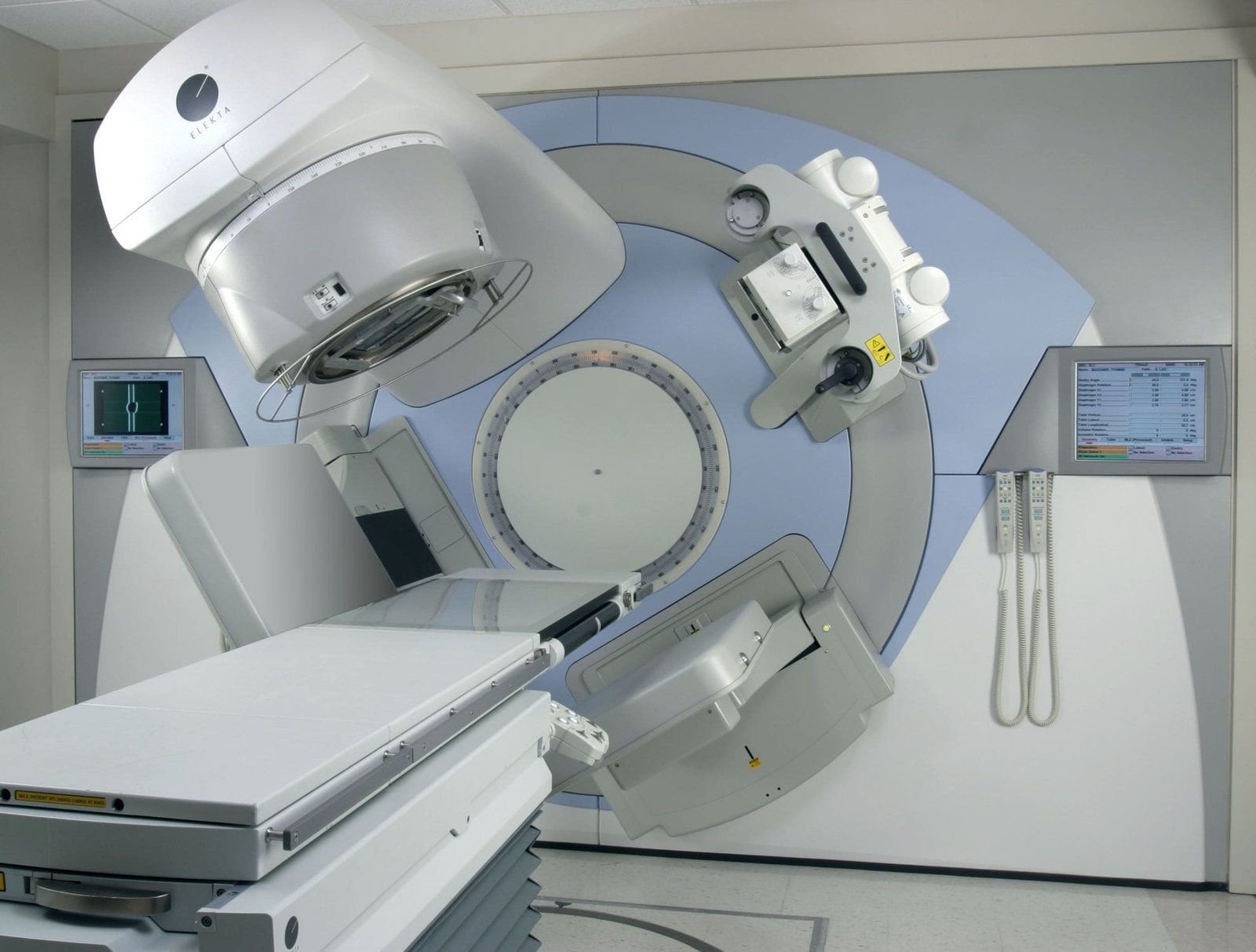Radiation and Tissue Expander; What Should I Know?
The indications for radiation therapy after mastectomy may include larger tumor size, nodal metastasis, or involved or close surgical margins. In some scenarios, the need for radiation is known prior to the mastectomy, and in other cases, it’s not determined until after the mastectomy, when the final pathologic stage is determined.
Occasionally, a tissue expander, which is a temporary implant, may be used as a placeholder at the time of the mastectomy to allow for further cancer treatment, i.e. chemotherapy and/or radiation therapy. The tissue expander helps preserve more skin on the chest wall and creates a temporary breast mound during cancer treatments so that you feel and look normal in clothing.
After all the treatments are concluded, the tissue expander is then exchanged for either an implant or tissue-based reconstruction. Patients who elect to have a permanent implant placed are at higher risks for both short-term and long-term complications. Short term complications include infection and extrusion of the implant while long term risks include an accelerated progression to capsular contracture. Tissue-based reconstruction offers a safer alternative for patients requiring radiation therapy after a mastectomy as the overall complications do not differ from non-radiated patients.
The decision to use a tissue expander is unique to each patient as it is influenced by the overall cancer treatment plan. Please contact us at Breast Reconstruction Associates so we can work with you, your breast surgeon, and your radiation oncologist to determine the best reconstruction strategy.

